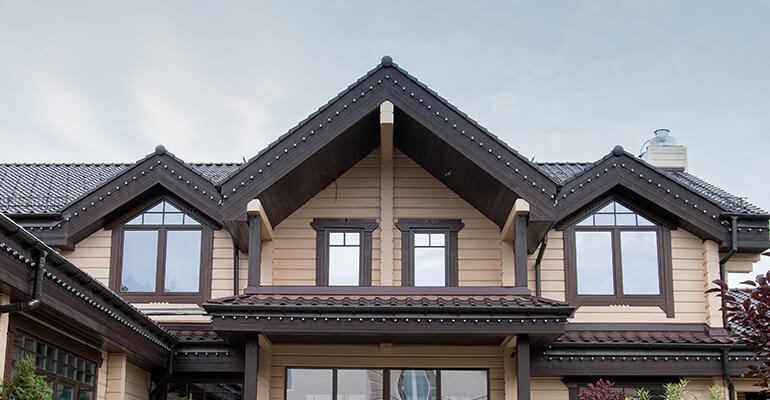Installing a new roofing system can be a significant investment, but it is an important aspect of maintaining the integrity and value of your home or business. A new roof can provide improved protection against the elements, enhance the appearance of your property, and increase energy efficiency. In this article, we will discuss the process of installing a new roofing system, including the steps involved and the factors to consider.
Before installing a new roof, it is important to assess the condition of the existing roof. This may involve visually inspecting the roof for signs of damage or wear, such as missing shingles, leaks, or rot, and performing tests to identify any underlying issues. A professional roofing contractor can provide a comprehensive assessment of the roof and recommend the best course of action, whether it be repair or replacement.
Installing a new roofing system is a major undertaking, but it can provide significant benefits for the protection, appearance, and energy efficiency of your home or business.
There are many different types of roofing materials to choose from, including asphalt shingles, metal, tile, and rubber. Each material has its own unique set of benefits and drawbacks, and the right choice will depend on the specific needs and budget of your project.
Before installing a new roof, the roof deck must be prepared to ensure a solid foundation for the new roofing system. This may involve repairing or replacing damaged or rotten decking, adding additional insulation or ventilation, or installing a moisture barrier.
Once the roof deck is prepared, the new roofing material can be installed. This process will vary depending on the type of material being used, but typically involves laying down a base layer of material, such as underlayment or flashing, followed by the top layer of roofing material. It is important to follow proper installation techniques and use the right tools and equipment to ensure a secure and long-lasting roof.
To ensure the longevity and performance of your new roof, it is important to follow a regular maintenance and repair schedule. This may involve cleaning the roof, inspecting for damage, and making repairs as needed. A professional roofing contractor can provide guidance on the appropriate maintenance schedule for your specific roofing material and location.




Leave A Comment